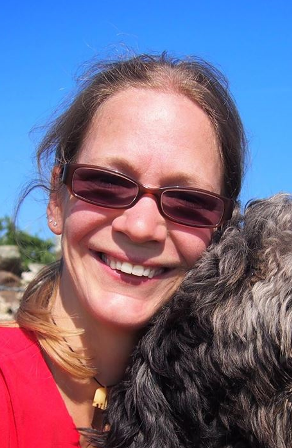July 2018
These sites will protect a variety of different areas and features, from seahorses to seabirds and estuaries to mudflats. Together, they will better connect the dots between existing sites to ensure a stronger more coherent ecological network of marine protected areas is put in place.
The Consultation sets out five main OSPAR principles for an ecologically coherent network, but how the proposed suite of marine protected areas in England meet these five principles is not wholly clear. I believe more work is to be done if we are to achieve the principles and establish a ‘substantially complete’ ecologically coherent network in the North Atlantic.
With this in mind, I put forward five ways where further work is needed to complete England’s contribution to a North Atlantic network.
1) Mobile species– Protected areas play a crucial role in safeguarding mobile species such as seabirds and cetaceans. This is especially true when we consider that other methods of conservation, highlighted as solutions in the consultation, such as fisheries quotas, ending wasteful discards, by-catch mitigation measures and protected species licensing, have to date, been particularly weak in the UK.
Designating Special Protected Areas (SPAs) for seabirds (including sea ducks) was initiated back in 2015. However, there has been little progress since then, and there are no guarantees, particularly with Brexit, that the SPA network required to protect seabirds will be designated. The best sites for mobile species must be protected as soon as possible.
2) Substantial research gaps - the consultation recognises that data gaps exist, but to fill the gaps, Government must be more proactive in supporting and promoting research in these areas.
Even in 2018, there are likely to be important issues which we don’t know about. For example, we do not know where seabirds like the seaduck go at night time or what they do. Land-based birds have night time roosts, and it is very feasible that sea birds also have important night time sites. It is also often not known what makes certain areas important which is paramount to establishing suitable management measures.
There are also significant data deficiencies regarding certain life cycle stages of sea birds. For example moulting sites when they are at their most vulnerable. Protecting these sites will make a positive contribution to helping reverse declines through maximising survival during this period.
3) Highly protected sites – The consultation calls for more evidence around highly protected sites. However, international evidence already shows that such sites not only protect and restore our marine habitats and species, but help buffer commercial fisheries. If the UK is to match up to its global leadership ambitions then perhaps the best solution is to begin trialling projects as a means of collecting the evidence required to progress similar sites.
4) Connectivity - Connectivity between sites with adequate replication of habitats and species is a vital component of an ecologically coherent network. Sites should link life-cycle stages and be future proofed to enable adaptation to climate change such as changes in species and habitat distribution. There is no evidence that the proposed network fulfils this requirement, meaning sites could have been designated because they are the least problematic rather than the best option.
5) Ecosystem based management – Marine Protected Areas should take a holistic ecosystem based approach to management (from the surface to the seabed) rather than protecting individual habitats or species. Effective management and enforcement is required and ultimately the benefits will be seen economically as well as environmentally. However, I fear if we do not get this right, both will suffer.
The extra 41 protected zones are undeniably a worthy addition to the current network but gaps remain. With the continuous decline of our sealife and potential impacts of climate change Government must not consider it ‘job done’ just yet.
Hannah Freeman, Senior Government Affairs Officer, Wildfowl & Wetlands Trust.
Follow @WWTworldwide.
The opinions expressed in this blog are the author's and not necessarily those of the wider Link membership.




Latest Blog Posts